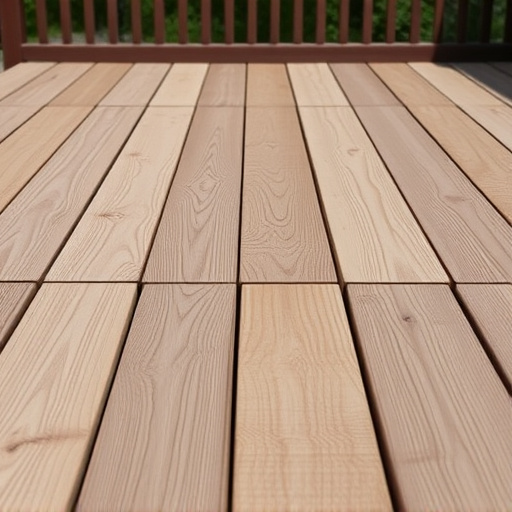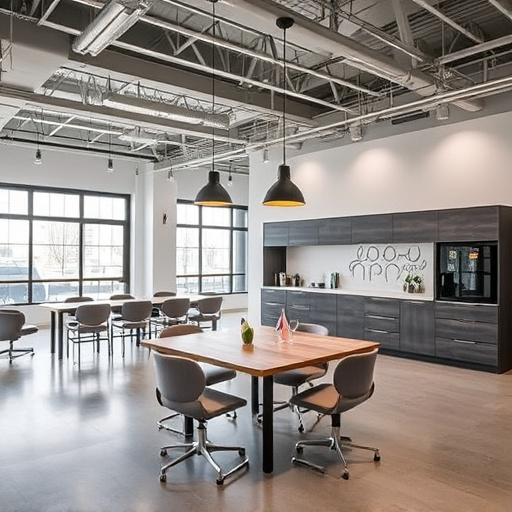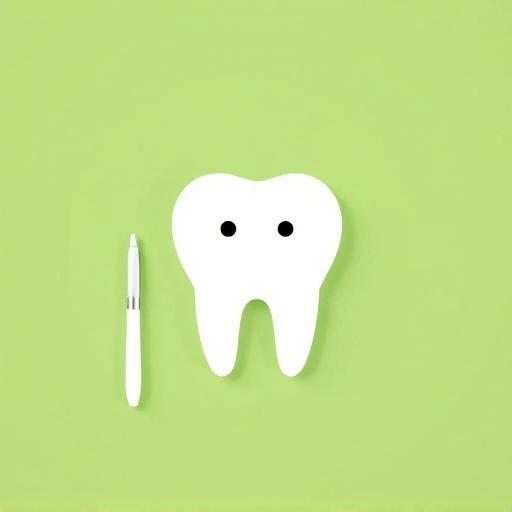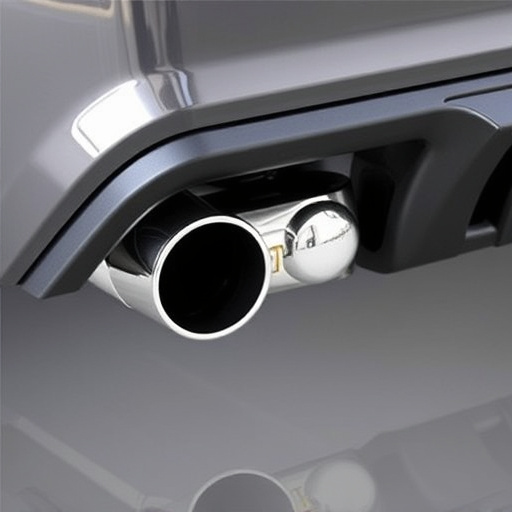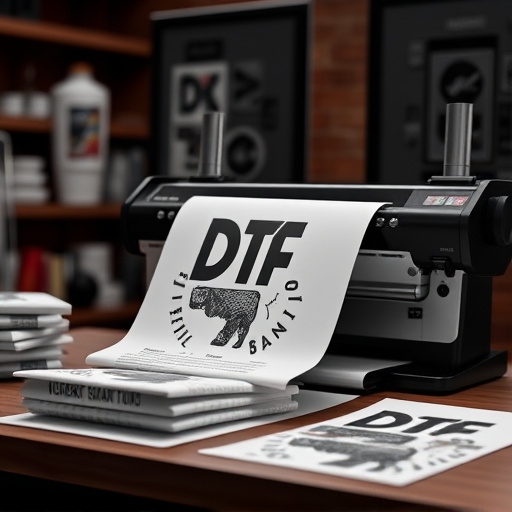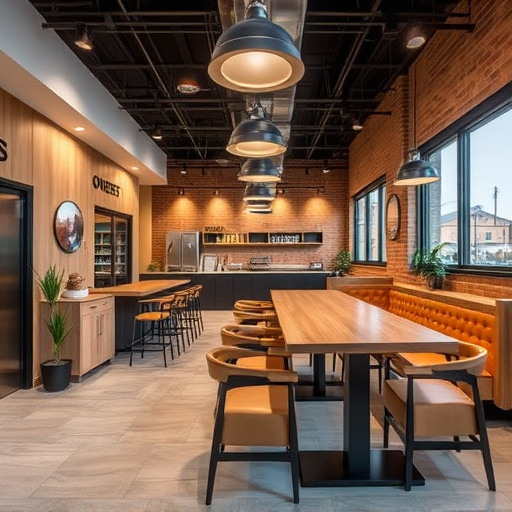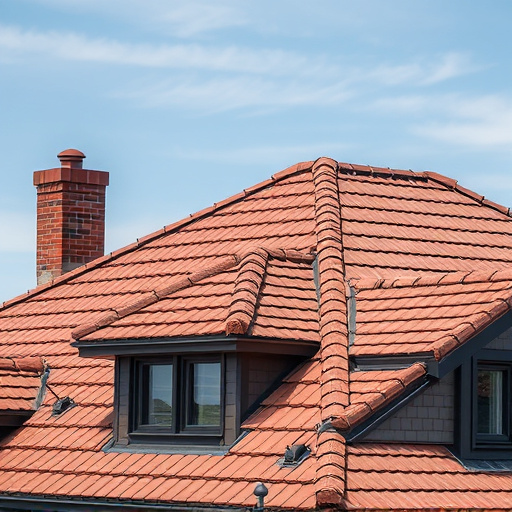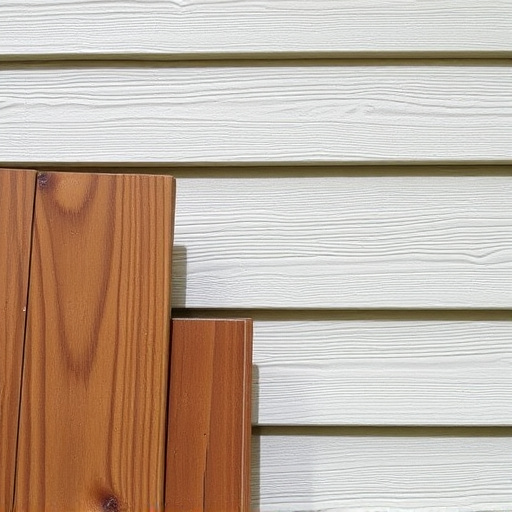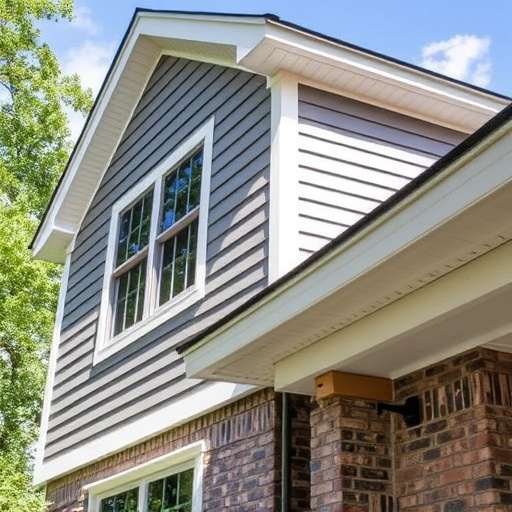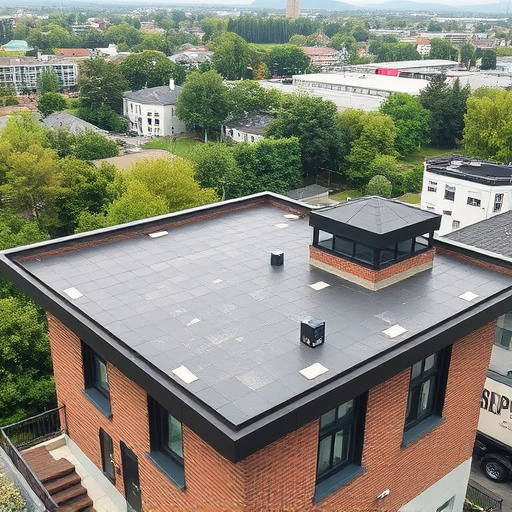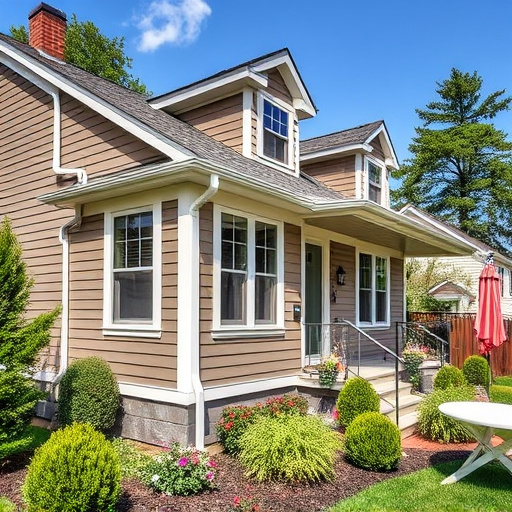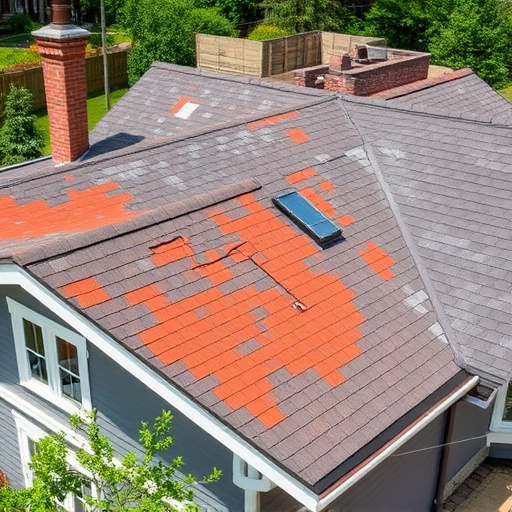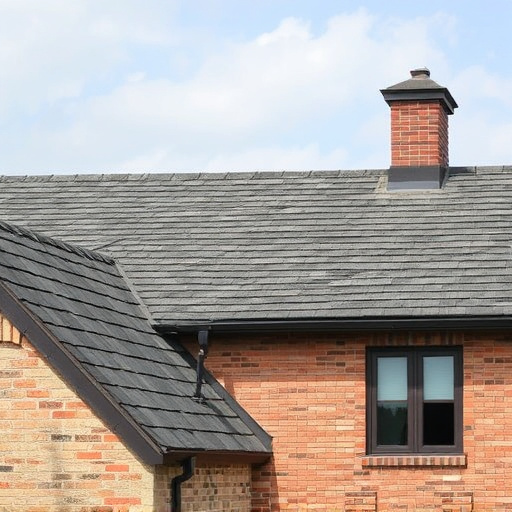Regularly inspect siding for wear and tear, such as warping, peeling, or cracking, as well as faded colors. Consider costs and benefits of replacing outdated or damaged siding, weighing initial expenses against long-term advantages like durability, energy efficiency, and noise reduction. Choose siding materials based on visual appeal and functional needs, balancing climate conditions, budget, and local building codes. Professional services can help select the best siding materials for tailored, robust, and attractive home exterior.
Is your home’s exterior showing signs of age? Outdated or damaged siding can be more than just an aesthetic issue—it can compromise your home’s energy efficiency and structural integrity. This article guides you through recognizing the telltale signs of aging siding, evaluating the cost-benefit analysis of replacement, and selecting the best new siding materials to enhance your home’s value and protect it for years to come.
- Recognizing Signs of Damage or Obsolescence
- Assessing Cost vs. Benefits of Replacement
- Choosing Suitable Replacement Siding Materials
Recognizing Signs of Damage or Obsolescence
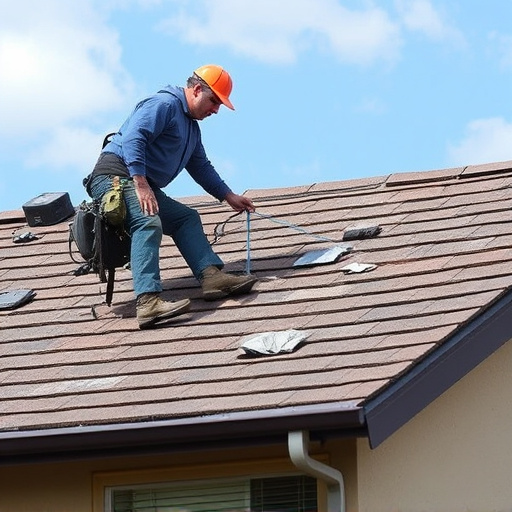
Recognizing when your siding materials need replacing is crucial for maintaining a well-kept and protected exterior home improvement. Over time, even high-quality residential roofing and siding can show signs of wear and tear. Look out for any warping, peeling, or cracking on the surface, as these are clear indications that your siding might be damaged or outdated. Sun exposure, harsh weather conditions, and age can contribute to these issues.
Additionally, faded colors or a lackluster appearance could suggest that it’s time for a change. Older siding may no longer provide adequate protection against the elements, leading to potential problems like water damage or increased energy costs. Regularly inspect your home’s exterior, paying close attention to areas where moisture might gather, such as around windows and doors. If you notice any signs of rot or mold growth, it could be a warning sign that your siding needs to be replaced as part of essential roof repair and maintenance.
Assessing Cost vs. Benefits of Replacement
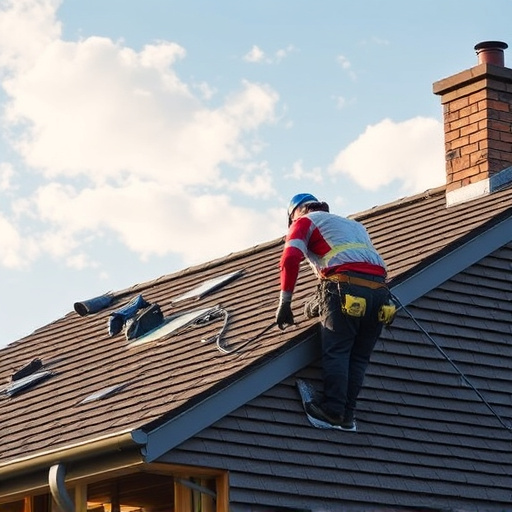
Before making a decision on replacing outdated or damaged siding materials, it’s crucial to assess the cost versus benefits. While new siding can significantly enhance the aesthetic appeal and energy efficiency of your home, the upfront costs might seem daunting. However, investing in residential siding replacement offers long-term advantages. Modern siding materials are designed to withstand harsh weather conditions, reduce noise pollution, and improve insulation, thereby lowering utility bills.
Roofing services specializing in siding replacement can provide valuable insights into the best options for your property. They offer a range of styles and materials, from traditional vinyl to more durable fiber cement siding. In terms of cost, it’s important to consider not only the initial installation but also the potential savings on energy costs over time. This investment could be a game-changer in maintaining the value and condition of your home, ensuring its resilience against environmental factors for years to come.
Choosing Suitable Replacement Siding Materials
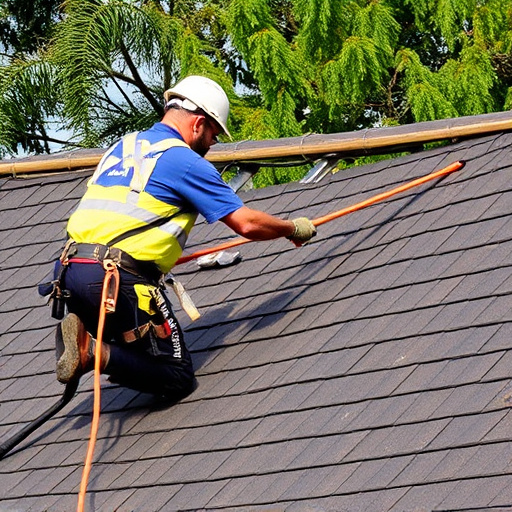
When considering replacement siding materials, it’s crucial to balance aesthetics with functionality and durability. In the world of residential siding, modern options offer advanced features that improve energy efficiency, reduce maintenance, and enhance a home’s curb appeal. For instance, fiber cement siding is a popular choice due to its longevity, resistance to rot and pests, and diverse visual styles. Alternatively, vinyl siding has gained traction for its low-maintenance nature, wide range of colors and textures, and excellent insulation properties.
Choosing the right siding materials goes beyond aesthetics; it involves considering factors like climate, budget, and local building codes. For areas prone to harsh weather conditions, impact-resistant siding options are essential for roof repair prevention. Professional siding services can guide homeowners in selecting suitable materials that align with their specific needs and preferences. In terms of both style and substance, the latest advancements in siding technologies offer homeowners more choices than ever before, ensuring a durable and attractive exterior for years to come.
When deciding whether to replace outdated or damaged siding, it’s essential to consider both functional and aesthetic factors. By recognizing signs of wear and assessing the cost-benefit analysis, homeowners can make informed choices that enhance their property’s value. With a wide range of modern siding materials available, from durable vinyl to eco-friendly fiber cement, there are options to suit every budget and style preference.
